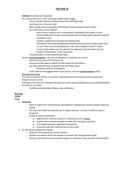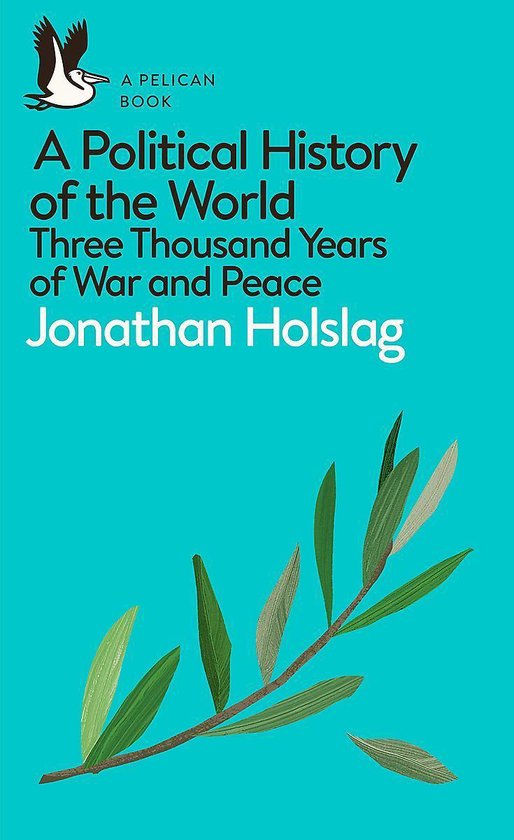750-1000 CE
- Abbasids succeeded the Umayyads
- The second half of C8 is still considered a golden age for trade
- Tang, Frankish, Byzantine, Abbasid rulers all encouraged trade.
- Increasing trans-Eurasian trade
- Maps, atlases and encyclopedias of the Indian Ocean and land routes to China.
- Pro-trade stance of the Caliphate
- Some Islamic thinkers were cosmopolitans: highlighted the benefits of trade.
- The first adherents of Islam were merchants: did not forbid profits through trade (but
prohibited usury)
- Created a sophisticated commercial infrastructure
- Widespread use of debt arrangements, payment instructions (so traders didn’t need
to carry cash), ‘joint-stock agreement’, trade zones, bridges to improve routes, …
- Trading with infidels was also allowed: the Abbasids dealt favorably with the
Franks, the Byzantines, Tang, many lesser.
- Constantinople in return reduced trade taxes.
- But also political obstacles to this nascent globalism: competition for control
- Silk Road was lined with fortresses, etc.
- Securing of trade against robbery, but also taxed and controlled it.
- The Tang imposed a ban on dealing with ‘the darker races’.
- Primarily aimed at CA kingdoms.
- Trade suffered from wars between major powers, and from political turmoil within.
- Downfall of the Tang
- The trade in luxuries and the concomitant cosmopolitanism was enjoyed only by a small elite
- Climate became warmer
- Throughout the entire EH: wherever the population grew, people sheltered as much as possible behind
fortresses or city walls.
- Outside was lawlessness, violence, rape, wilderness
East Asia
CHINA
Tang
● Xuanzong
○ Sense of superiority: condescension underlying his magnanimity towards smaller states (eg.
Japan).
○ His reign was called “the splendid age of original opening’ - an era of confidence, peace,
prosperity.
○ Sought to excel in governance
■ Approved the Confucian respect for tradition, but was a Taoist.
■ Legalist and Confucian principles to make the Tang legal code fairer.
■ Encouraged farming to replenish the granaries.
■ Promoted trade both inside and across the border
● But this heyday image was a facade:
○ Granaries were emptied by natural disasters
○ Famine and violence forced the emperor to evacuate the overpopulated capital.
○ Revolts in Northeast China, forcing the emperor to withdraw troops from the western border.
, 750-1000 CE
● Regional power rushed to exploit the situation: the Tibetans broke their peace agreement, the
nomadic Uighurs strengthened their hold on modern Mongolia, bands of the nomadic Khitan raided
across the border.
● Remaining Chinese forces too weak to defeat Caliphate armies at the Battle of Talas River in 751.
● Worse still to come:
○ 755: bloody uprising caused by warlord An Lushan taking advantage of the hardship in the
north to rebel.
● Xuanzong forced into retirement.
● Some stability was restored under subsequent emperors, but only by calling on the Uighurs and
caliphate mercenaries to check Tibetan aggression.
● Shifting relations between Tang, Tibet, Uighurs
○ 762: future emperor Dezong was dispatched to the Uighurs to affirm an alliance, where he
was made to dance.
○ Led emperor Dezong to consider relations with the Uighurs when he ascended.
■ Some favored an alliance with Tibet to resist the Uighurs
■ Others considered Tibet the main rival and proposed attacking it.
■ The Dezong still went ahead with the negotiations with Tibet, but the latter declined
to proceed as long as they were addressed as ‘subjects’.
○ Alliance was concluded in 783. When rebellion broke out in 784, Tibetan troops helped patrol
○ But as soon as the capital had been secured, Tang-Tibet tensions rekindled.
○ Now China sought to check Tibet by gorging a grand alliance with the Caliphate and the
Uighurs. Alliance was established but not long-lasting, so insecurity in the west continued.
● Meanwhile: domestic fragmentation
○ Attempts at reform only worsened the problem; rural exodus; polarised society (due to
taxation system)
○ Dezong’s death followed by a period of economic mismanagement, corruption, instability.
■ Number of taxes abolished
○ This expedited the decline of the power of the imperial court.
○ Difficulties aggravated by climate change.
■ Prolonged cold weather caused bad harvests and renewed conflicts with the
nomadic peoples in the north.
● Emperor Xuanzong temporarily restored order, but the Tang empire continued to decline under his
heirs: economic decay and political disintegration.
○ Wealthiest landlords refused paying dues; Xizong reinstated the salt taxes; led to smuggling,
crime, unrest
● 907: Tang collapse: the last Tang emperor was poisoned. But the dynasty had already been ruling only
by name for years
==> End of the Tang
● Collapse was followed by more than half a century of anarchy: the Five Dynasties and Ten Kingdoms’
period (907-960)
○ Incessant fighting and accelerated development of weapons (eg. flamethrower)
=> Theme: with anarchy comes a race for military innovation (technological development)
○ Depopulation in the north
○ Cities became impoverished; the canal system supporting the food supply broke down.
○ Defenceless against foreign invasion.
● The Khiran, the Tibetans, the Uighurs now commanded large territories in the former Tang realm.





